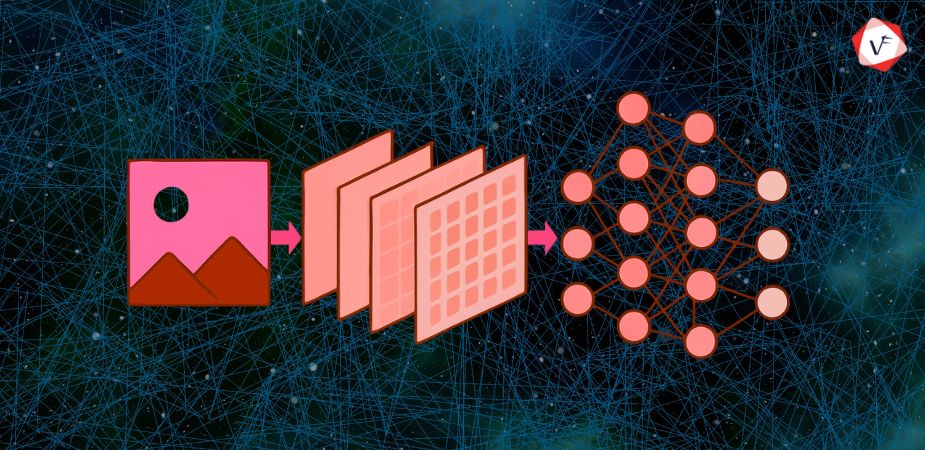
- February 07, 2025 12:12 pm
- by Safvana
Managing Technical Debt in Full Stack Projects
- February 07, 2025 12:12 pm
- by Ajanth
Technical debt is a term used to describe the cost of choosing an easy or quick solution now instead of a more thoughtful approach that might take more time. In full stack projects, where both front-end and back-end technologies are involved, managing technical debt becomes crucial for ensuring the long-term success and maintainability of the application. This blog will explore what technical debt is, why it matters, and how to effectively manage it in full stack projects.
What is Technical Debt?
Both financial and technical debt are comparable. When you take on financial debt, you have to pay it back with interest. Similarly, technical debt accumulates when shortcuts are taken in code or design decisions. This debt can result in increased maintenance costs, slower development, and potential bugs or failures. The "interest" in technical debt is the additional work and complications that arise later.
Why Technical Debt Matters
In full stack projects, technical debt can significantly impact both the front-end and back-end of an application. Here's why managing it is important:
- Performance Issues: Accumulated technical debt can slow down the performance of your application, affecting user experience.
- Increased Bugs: Quick fixes and shortcuts often lead to unstable code that may introduce bugs.
- Maintenance Challenges: As technical debt grows, maintaining and updating the code becomes more difficult and time-consuming.
- Team Productivity: Dealing with technical debt can slow down development, impacting team productivity and morale.
Types of Technical Debt
Technical debt can manifest in several ways in full stack projects:
- Code Debt: Poorly written or poorly structured code that is hard to read, maintain, or extend.
- Design Debt: Suboptimal design choices that make future changes difficult.
- Documentation Debt: Lack of proper documentation or outdated information that makes understanding and working with the code harder.
- Testing Debt: Insufficient or inadequate testing practices that increase the risk of bugs and issues.
Technical Debt Management
Managing technical debt involves identifying, prioritizing, and addressing it systematically. Here’s how you can handle it in full stack projects:
Identify Technical Debt:
- Code Review: Regular code reviews help identify areas of technical debt. Peer reviews can uncover shortcuts or poor practices that need to be addressed.
- Static Analysis Tools: Tools like ESLint for JavaScript or SonarQube for various languages can automatically detect code quality issues and potential debt.
- Technical Debt Metrics: Track metrics such as cyclomatic complexity, code duplication, and test coverage to measure technical debt.
Prioritize Debt:
- Impact Assessment: Determine the impact of each debt item on the application’s performance, maintainability, and user experience. Focus on high-impact debts first.
- Risk Evaluation: Assess the risk of leaving technical debt unresolved. Prioritize debt that poses the highest risk to the application’s stability or security.
- Cost-Benefit Analysis: Evaluate the cost of addressing the debt versus the benefits. Sometimes, it’s better to address debt that will yield significant improvements.
Create a Plan:
- Debt Backlog: Maintain a backlog of identified technical debt items. Include details such as impact, risk, and priority.
- Incremental Refactoring: Plan to address technical debt incrementally. Instead of a complete overhaul, refactor the codebase in manageable chunks.
- Assign Ownership: Assign team members to address specific debt items. This ensures accountability and better tracking.
Address Technical Debt:
- Refactoring: Refactor code to improve its structure and readability. Apply design patterns and best practices to make it more maintainable.
- Improve Design: Revisit design choices and make necessary adjustments. Ensure that design decisions support future scalability and flexibility.
- Update Documentation: Keep documentation up-to-date with code changes. Good documentation helps prevent future debt and aids in onboarding new team members.
- Enhance Testing: Increase test coverage and improve testing practices. Ensure that tests are reliable and cover critical parts of the application.
Prevent Future Debt:
- Adopt Best Practices: Follow coding standards, design principles, and best practices to prevent new technical debt from accumulating.
- Continuous Integration and Continuous Deployment (CI/CD):Establish CI/CD pipelines to facilitate testing and delivery.
- Regular Refactoring: Schedule regular refactoring sessions as part of your development process. This helps manage and reduce technical debt over time.
- Training and Development: Invest in training for your development team. Ensure they are aware of best practices and the importance of managing technical debt.
Monitor and Review:
- Track Progress: Regularly review the progress of your technical debt management efforts. Use metrics and feedback to assess improvements and identify new areas of concern.
- Iterate and Improve: Continuously iterate on your debt management strategies. Learn from past experiences and adapt your approach as needed.
Real-Life Example
Consider a full stack project for an e-commerce platform. Early on, the team may have implemented quick fixes to get the product to market faster. This includes hardcoding values, skipping error handling, and using outdated libraries.
Over time, these shortcuts lead to issues:
- The front-end becomes slow due to inefficient code.
- The back-end struggles with scaling because of poor database design.
- The documentation is outdated, making it hard for new developers to contribute.
To address this, the team creates a backlog of technical debt items, prioritizes them based on impact, and starts refactoring the codebase. They also improve their testing practices and update the documentation. By regularly reviewing and managing technical debt, the team improves the application’s performance and maintainability.
Final Thoughts
Managing technical debt is essential for the success of full stack projects. By identifying, prioritizing, and addressing technical debt systematically, you can improve the performance, maintainability, and scalability of your application. Implementing best practices, investing in training, and monitoring progress will help prevent the accumulation of new debt and ensure long-term success. Remember, while technical debt may be a natural part of development, how you manage it can make all the difference in achieving a robust and sustainable application.




